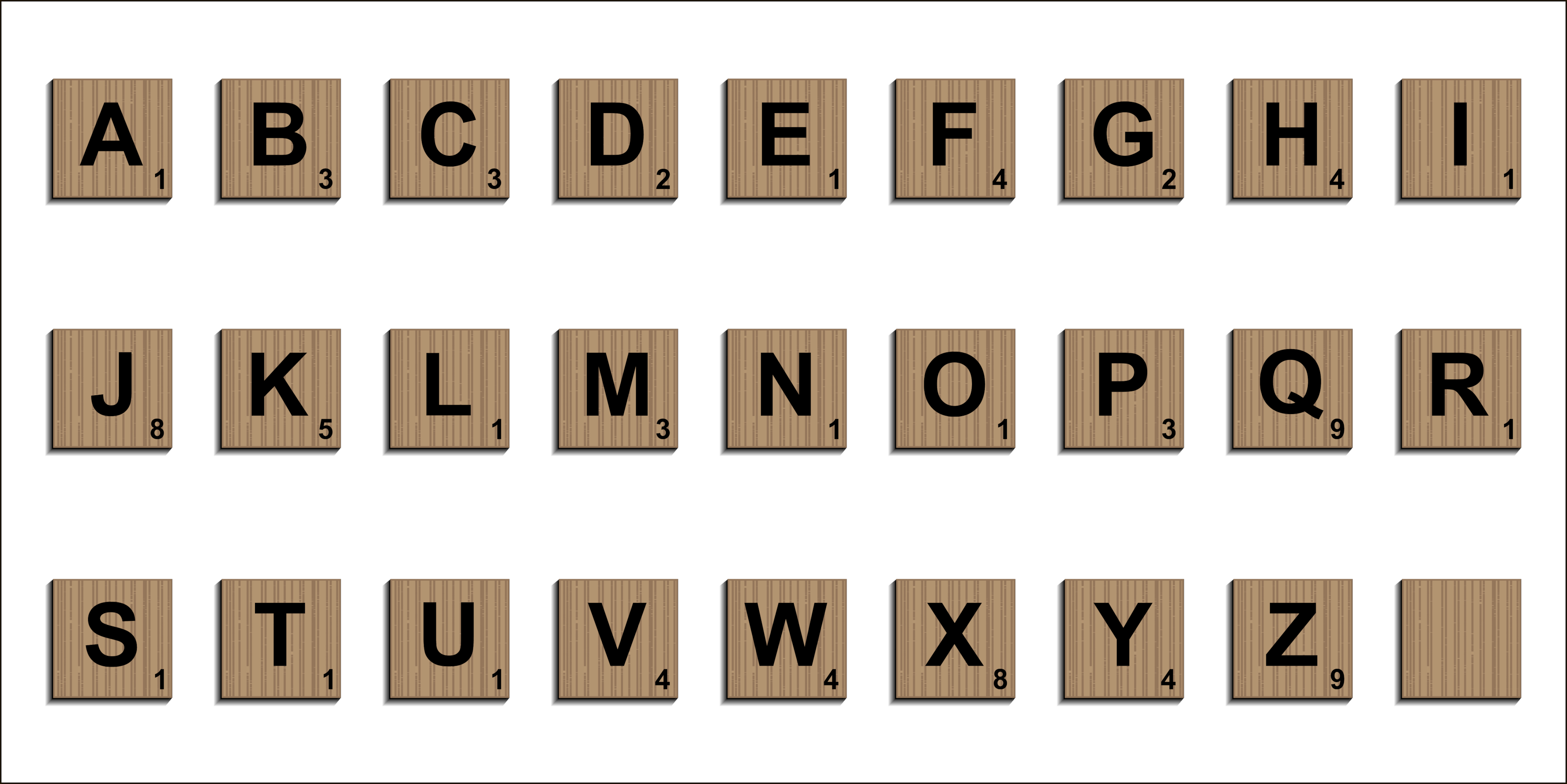In the world of programming, obtaining the length of a particular data type is a common task that developers encounter. In Python, the process to find the length of a string is both simple and efficient, making it easy for programmers to manage and manipulate data in various ways.
The easiest and most effective way to find the length of a string in Python is to use the built-in len() function. By using len(), developers can quickly retrieve the length of not only strings but also other data types like lists, tuples, and dictionaries. Apart from the len() function, looping mechanisms also provide a way to derive the length of a string.
This article will focus on these methods and some additional techniques you can use to find the length of a string in Python. We’ll also provide examples and explanations of each method for clarity and ease of learning.
Let’s jump in!

Understanding Strings in Python
In Python, strings are one of the primary data types used to store and manipulate text. Strings are sequences of characters enclosed within either single (‘ ‘) or double (” “) quotes. You can use both types of quotes interchangeably, but it’s essential to be consistent within a string.
For example:
single_quotes = 'Hello, World!'
double_quotes = "Hello, World!"Immutable Strings
Strings in Python are immutable, which means that their contents cannot be changed once created. Instead of attempting to change a string directly, you must create a new string with the desired modifications.
For example, if you want to replace a character in a string, you’d typically use the replace() method to create a new string instead of directly changing the original string.
Unicode and Encoding
Python strings are based on Unicode UTF-8 encoding by default, which is an international standard for representing text from different writing systems, including various scripts and special characters. By using Unicode, Python allows for the straightforward handling of text in multiple languages and alphabets.

You can also specify different encodings if necessary.
In conclusion, Python’s string-handling capabilities make it a powerful tool for text manipulation and processing. With a robust understanding of data types, immutability, Unicode encoding, and concatenation, you’ll be well-prepared to work with strings effectively in Python.
How to Use Python’s Built-In Functions to Find String Length
In this section, we’ll explore how to utilize Python’s built-in functions and methods to ascertain the length of a string. Python’s len() and count() are straightforward and efficient tools for this purpose.
As we delve into the details, we’ll discuss the syntax of the function, walk through examples, and highlight key considerations to help you understand and apply this fundamental aspect of Python programming effectively.
1. Using the Len() Function

The len() function is a built-in Python function that returns the length of a given string. It calculates the number of characters in the string, including spaces and special characters.
To find the length of a string, simply pass the string as an argument to the len() function:
string = "Python is awesome!"
string_length = len(string)
print(string_length)Output:
18The len() function returns the length of the string as an integer value. In the above code, the length of the string is 18.
Using the len() function is the preferred and most efficient way to calculate the length of a string in Python.
2. Using the Count() Method

Although not a built-in method for string length specifically, the count() method can help find the number of occurrences of a particular character within a string.
For example, we can count the number of occurrences of the letter “a” in a given string:
string = "Apple pie is amazing!"
a_count = string.count("a")
print(a_count) Output:
2We can use the count() method to find the length of a string by passing in an empty string as an argument. However, there is one important caveat!
The return values from the count() function are always greater than the actual string length by one. Let’s look at an example:
name = 'John Murphy'
print(len(name))
print(name.count(''))Output:
11
12The len() function provides the accurate string length, while the return value from the count() function is off by one. Therefore, it is not always ideal for finding the total number of characters in a string.
The len() function is the better option.
Keep in mind that Python’s built-in functions, such as len() and count(), are powerful tools that can simplify tasks like finding the length of a string or counting character occurrences. Utilizing them will make your code more efficient and easier to read.
You can see string manipulation in action in this video on How To Create A Word Cloud Of Any Shape In Power BI Using Python.
How to Find String Length Using Iteration Methods
In the following section, we’re going to examine how to determine the length of a string using iteration methods in Python. An iterative approach can be particularly useful in cases where built-in functions are not available or not ideal.
While this might seem more complex compared to using Python’s len() function, understanding how to compute string length iteratively can provide deeper insights into the mechanics of strings and iterations, and it allows for greater flexibility in more complicated scenarios.
1. Using a “for” Loop

One common way to find the length of a string in Python is by using a for loop. By iterating through the characters of the string, we can count the number of characters and determine the string length.
Here’s an example:
def string_length(s):
count = 0
for char in s:
count += 1
return count
pie = 'Custard'
print(string_length(pie))Output:
7With this function, the for loop will iterate through each character in the string s. The variable count is incremented with each iteration, leading to the string’s length.
2. Using a “While” Loop

Another method to find the length of a string is by utilizing a while loop combined with string slicing. In this approach, we maintain a counter and continue to slice the string shorter by one character at a time until it becomes empty.
The count of the iterations gives us the length of the string:
def string_length(s):
count = 0
while s:
count += 1
s = s[:-1]
return count
dog = 'German Shepherd'
print(string_length(dog))Output:
15In this function, the while loop continues to run as long as s is not empty. With each iteration, the string is sliced, removing the last character, and the counter variable is incremented.
3. Using List Comprehension
A more concise option for measuring the length of a string is by using list comprehension and the sum() function. List comprehension evaluates all the characters in the string and returns a value of 1 for each one.
By summing up the list, we can determine the string length:
def string_length(s):
char_list = sum([1 for char in s])
return char_list
sport = "Volleyball"
print(string_length(sport))Output:
10In this example, list comprehension is used to build a list filled with the integer 1 for each character from the string. Then, the built-in sum() function is used to sum up the list and determine the string length.
How to Handle Errors When Getting String Length
When measuring a string’s length, you may encounter errors like a TypeError, due to encoding, empty strings, or other issues. To handle these cases gracefully, you should incorporate error handling into your code using Python 3’s try-except block.

Here’s an example that demonstrates handling an empty string:
def string_length(string):
try:
length = len(string)
except TypeError:
print("Invalid input: Please provide a string.")
length = 0
return length
input_string = ""
print(string_length(input_string))Output:
0This function uses a try-except block to handle TypeError exceptions, which may occur when calling len() on an empty string or a non-string input like a number or a boolean.
Optimizing Performance
Optimizing the performance of string length measurement is essential when dealing with large strings or when you need to process many strings rapidly. You can achieve this by using more efficient methods and avoiding unnecessary operations.
Here are some tips:
- Avoid unnecessary encoding conversions: When working with strings, ensure you are using consistent and appropriate encoding throughout your program to avoid repeated conversions and minimize performance costs.
- Use built-in functions: Python’s built-in len() method is generally the most efficient way to measure string length. It is implemented in C and optimized for speed, making it faster than custom Python implementations.
- Cache string lengths: If you need to access the length of a string multiple times, consider caching the result to minimize the number of len() calls and reduce overhead.
By following these optimization strategies, you can ensure your string length measurement code is efficient.
Final Thoughts
In conclusion, getting the length of a string in Python is a straightforward task that can be accomplished using built-in functions. By employing the len() function, you can effortlessly determine the number of characters within a string.
You can also accomplish this task by using loops and list comprehension. So, with this easy guide, you now possess the knowledge to get string lengths in Python, which puts you on the path to writing robust and scalable code!
If this article captures your interest, we encourage you to explore our article on the Python string split method too
Frequently Asked Questions
Does the len() function count spaces and special characters
Yes, the len() function counts spaces and other special characters like the newline(\n), tab(\t), and also Unicode-escape sequences(\uxxxx).
Note: It counts each Unicode escape sequence as one character unless the string is a raw string.
How can you get a Python string’s size in bytes?
To determine the size of a string in bytes, use the sys.getsizeof() function:
import sys
text = "Hello, World!"
size = sys.getsizeof(text)
print(size)Output:
62







